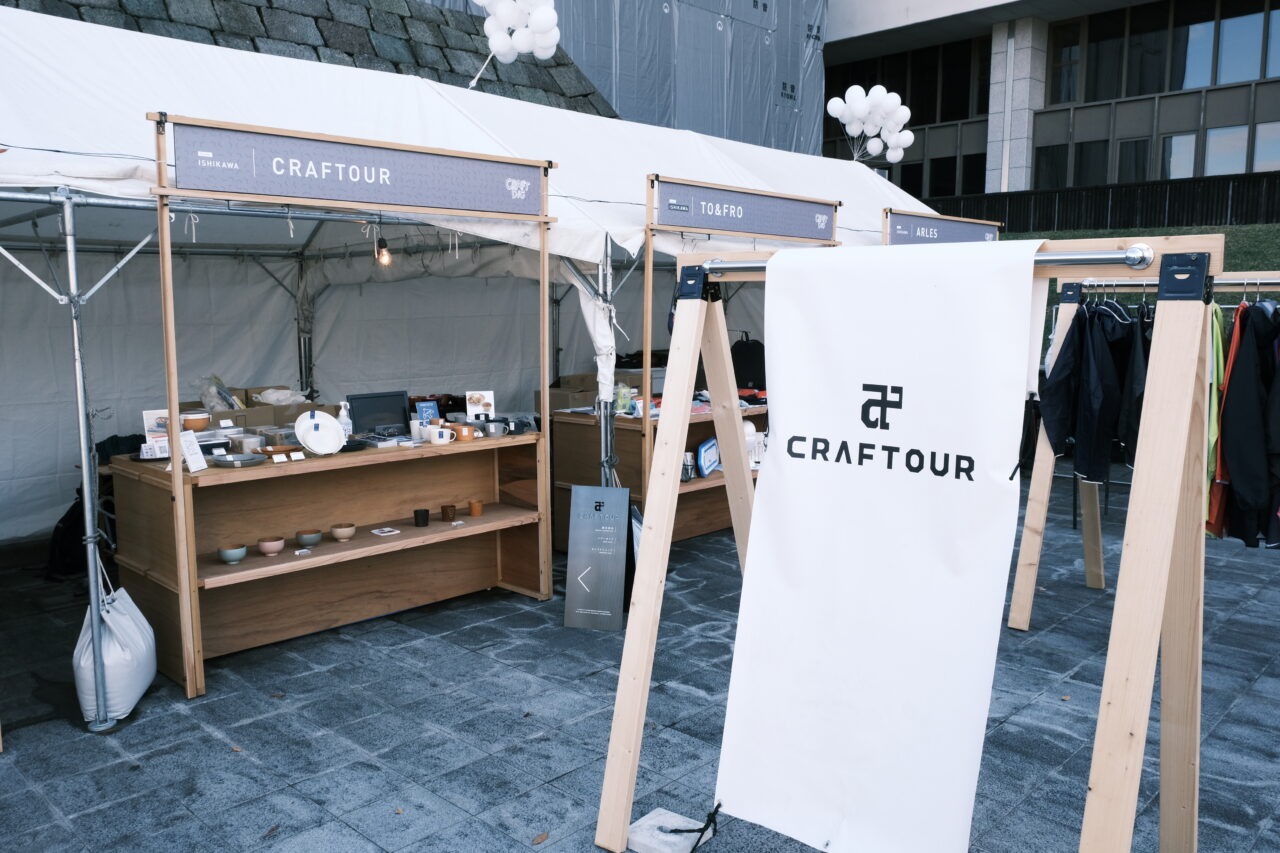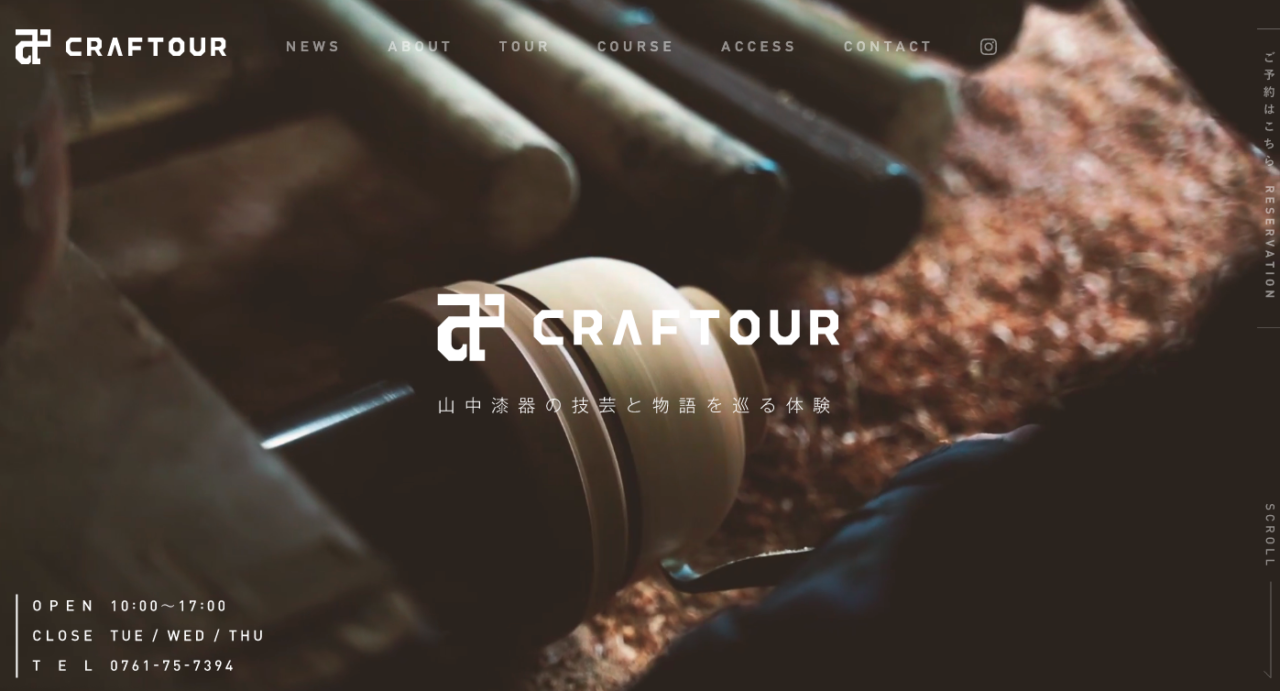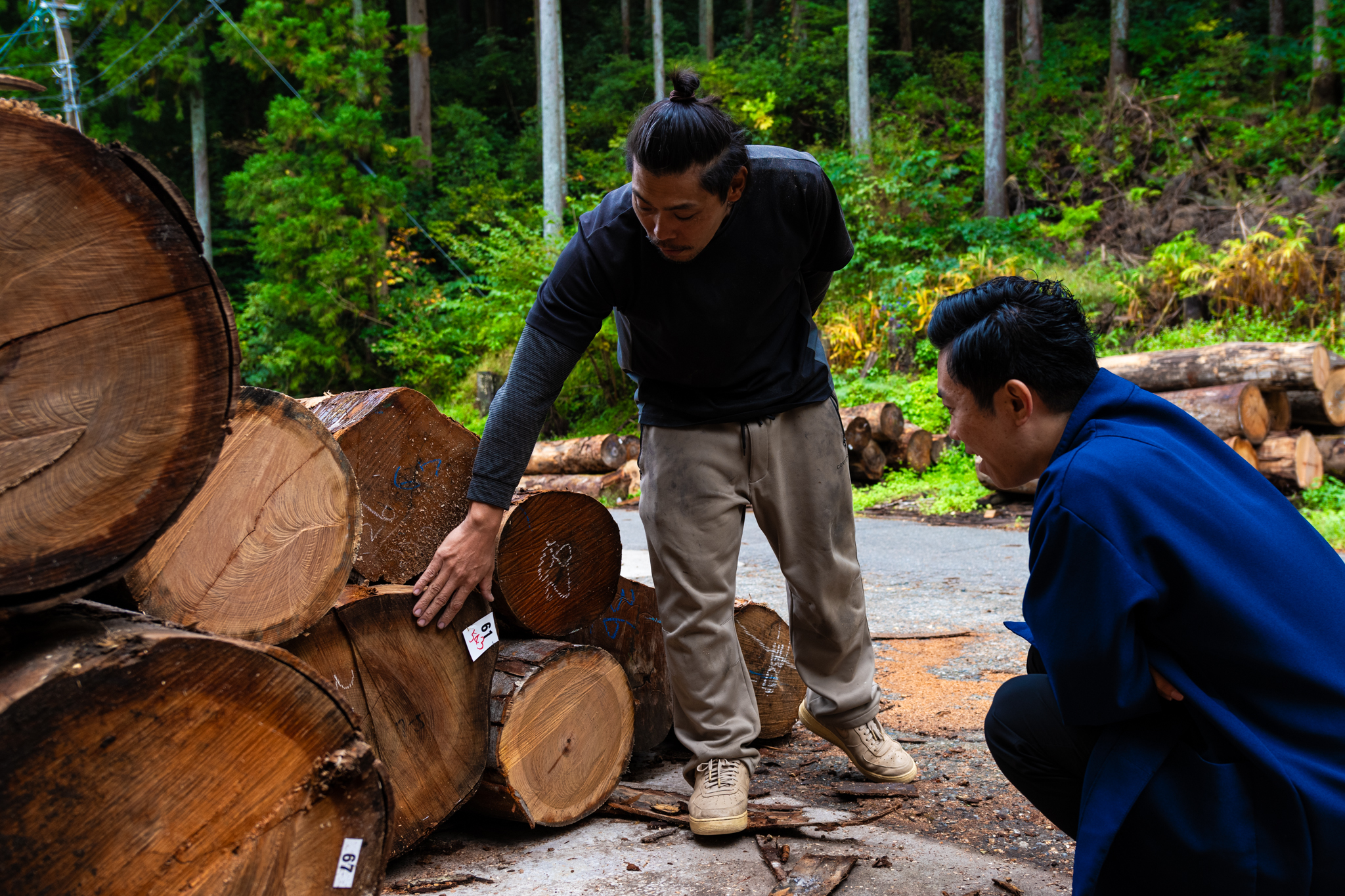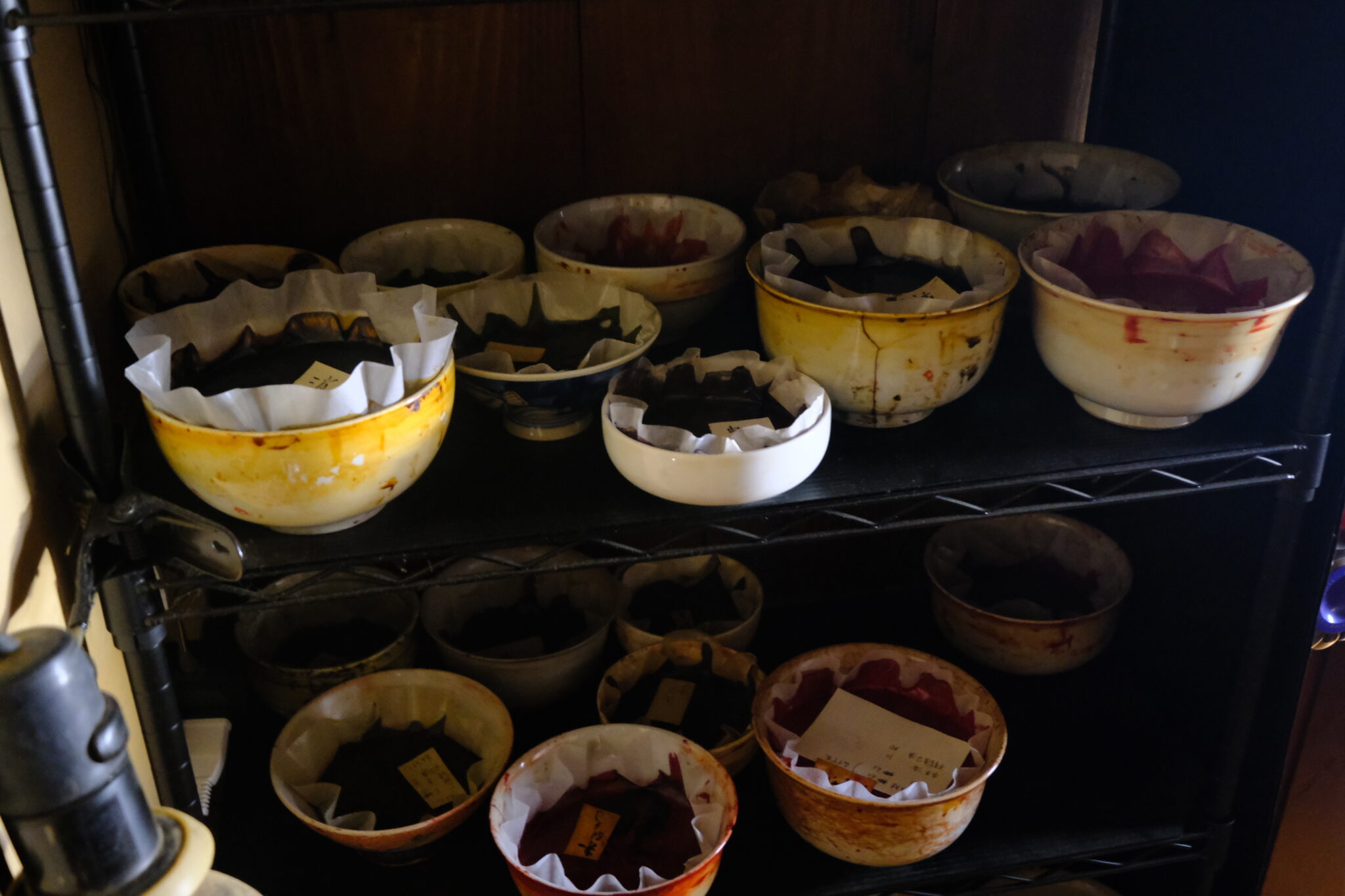
ABOUT
CRAFTOUR
Discover stories and culture by talking with artisans, and go deeper in a lacquerware production region once beloved by famous writers and artists.
Craftour offers a unique opportunity for visitors to make truly meaningful connections, by taking advantage of this region's distinct character as a year-round destination for industrial tourism.
Yamanaka Onsen
Yamanaka Lacquerware
Their outstanding artisanal techniques made the area a center for lathe woodworking, developing a reputation for woodworking excellence on par with Wajima's reputation for lacquer application and Kanazawa's reputation for maki-e gold powder decorations.
Some of Yamanaka Lacquerware's iconic expressive woodworking techniques include tategi-dori (a high-precision material preparation, involving cutting round pieces out of circular slices of the tree trunk, to improve the strength and durability of the items carved from that wood), usu-biki (a method of carving wood very thin, beautifully showing off artisanal skill), and kashoku-biki (using a lathe to carve decorative rings and spirals into wood).
In more recent years, many artisans have started to adopt materials like synthetic resins that are easier to incorporate into modern lifestyles, as a way to continue to use and preserve their traditional techniques and local history.
TOUR
The Craftour Process
Our hands-on tours offer a chance to encounter and enjoy the Yamanaka Lacquerware production process firsthand, and experience the story of how raw materials are transformed, before your very eyes, into finished items through the technical expertise of artisans.
These guided tours take guests to a number of workshops, where artisans each specialize in a single step of the production process.
Encounters like these offer a rare glimpse into the human side of traditional crafts, in a way that engaging only with finished products simply cannot, through conversations and interactions with the experts who create them.

-
- On the Reservations page, select a program, date, and start time.
-
- We will handle planning and coordination with the artisans who best fit your desired tour, and email you a few days later to confirm your reservation.
-
-
Be at the designated point at the designated time.
Before departing, you will receive an explanation of what to expect that day.
-
-
The tour program will last roughly two hours.
Enjoy an intimate look at the traditional charm of Yamanaka Lacquerware, as it exists today.
Notes:
- ※In some cases, we may be unable to offer certain programs on certain dates, due to artisan availability.If this happens, we will contact to let you know, so that we can reschedule.
- ※Same-day reservations are technically possible, but will often involve compromises due to artisans’ work schedules. If at all possible, we strongly encourage making reservations in advance.
In order to give guests the chance to experience the finest of what the area has to offer, we offer three separate programs with focuses on wood-carving, lacquering and maki-e decorations, and molding and painting contemporary lacquerware (using plastic resins).
Technique
Highlights
- Usu-biki thin-walled wood-carving by an experienced artisan
- Kashoku-biki decorative carving of rings or spirals
- Tategi-dori lumber preparation based on the way trees grow
Technique
Highlights
- Fuki-urushi, a lacquering technique that aims to ensure that the wood grain remains visible
- Maki-e, a delicate decoration technique requiring great finesse
- Urushi-buro, a special chamber for drying lacquered items at the right humidity and temperature
Technique
Highlights
- Practical, durable designs
- Pigments sprayed on by hand
- The excitement of the production workshop atmosphere
This special program offers a deeper appreciation of the beauty of Yamanaka Lacquerware through a hands-on look at a special production method.
Technique
Highlights
- "Traditional techniques" passed down through messengers, etc.
- “Irregular patterns” created by natural flames
- Experience and feel the ”varying coating” of lacquer
Technique
Highlights
COLUMN
ACCESS
- address
- 1-Ma-21 Yamanaka Onsen Higashi-machi, Kaga, Ishikawa 922-0114
- info@craftour.jp
- tel
- 0761-75-7394
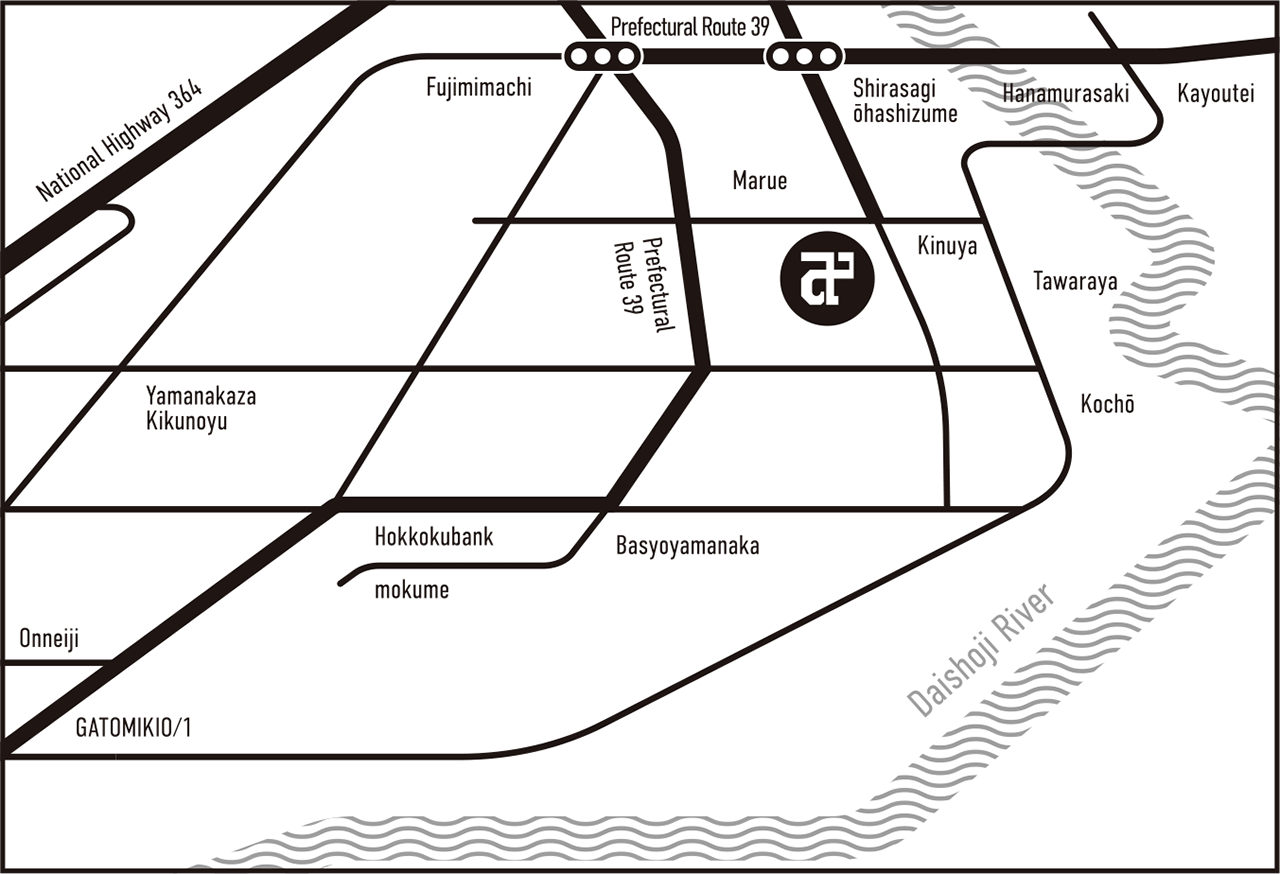





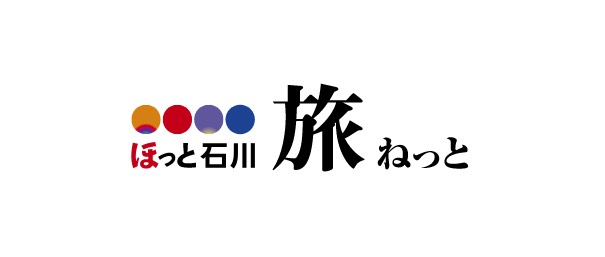


-1280x853.jpg)

